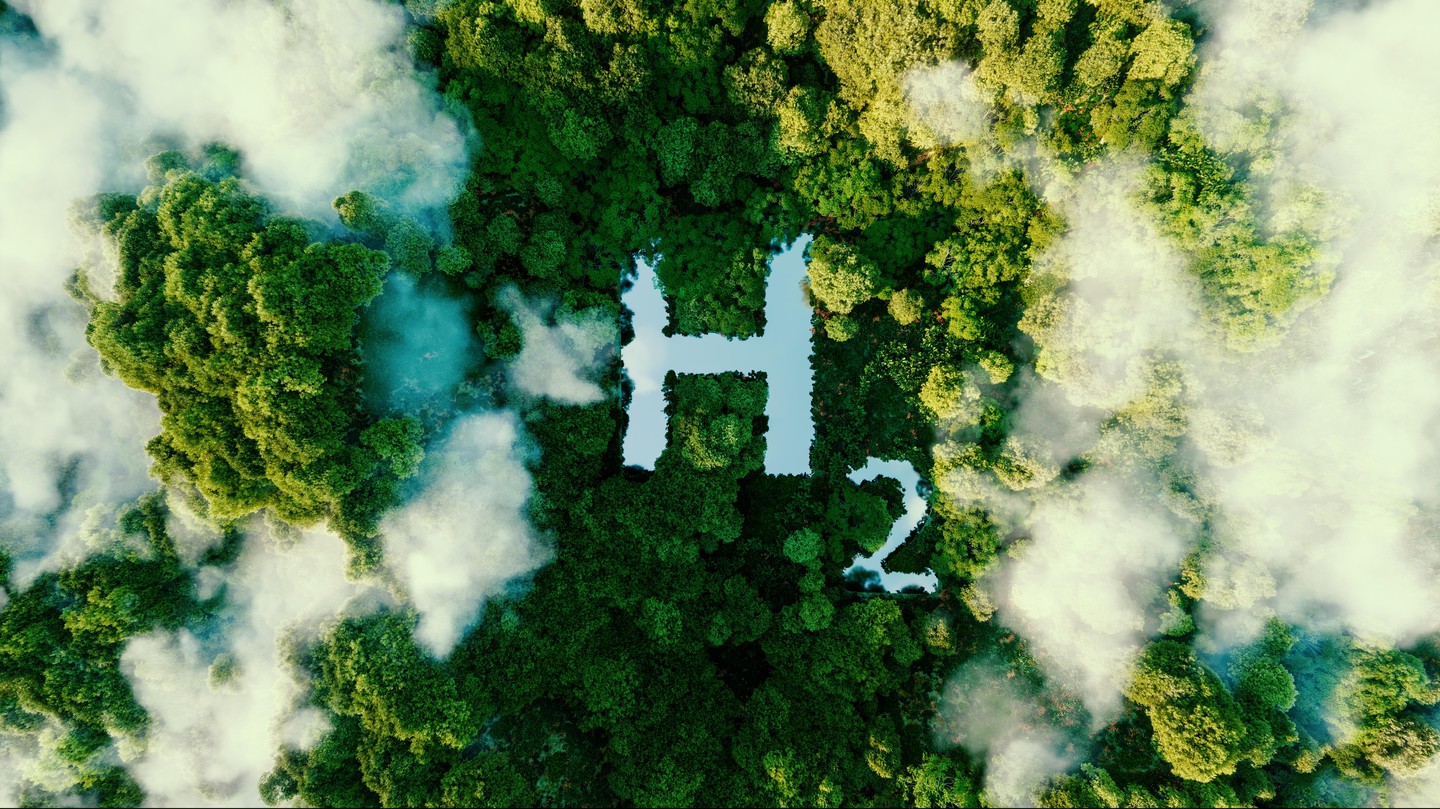Unraveling the Dance of Atoms and Electrons: Key Breakthrough in Hydrogen Production
Key Ideas
- Hydrogen, a clean fuel, is crucial for reducing carbon emissions, with water splitting as a method to produce it efficiently using sunlight.
- Researchers at EPFL identified the rate-determining step in the oxygen evolution reaction (OER) as the direct transfer of a proton, providing insights for enhancing hydrogen production.
- By combining advanced simulations and machine learning, the scientists detailed the atomic dance at the BiVO₄-water interface, shedding light on the slow proton transfer process.
- Understanding the mechanism of proton-coupled electron transfer (PCET) opens doors to optimizing the process by modifying BiVO₄ surface or utilizing additives for faster hydrogen production.
In a groundbreaking study, scientists at EPFL in Lausanne, Switzerland, have made significant progress in understanding the oxygen evolution reaction (OER) - a critical step in hydrogen production. Hydrogen is a key clean energy source that can store and deliver energy without generating carbon emissions. The process of water splitting, which breaks water into hydrogen and oxygen using sunlight, has long been pursued for efficient hydrogen production, but the bottleneck of the slow OER has hindered progress. The researchers identified that the proton-coupled electron transfer (PCET) is the primary bottleneck, focusing on the initial step of moving a proton and an electron together. By utilizing advanced simulations and machine learning techniques, they unraveled the complex atomic dance at the BiVO₄-water interface, pinpointing the direct proton transfer as the rate-determining step. This insight allows scientists to target strategies for accelerating hydrogen production, such as surface modifications on BiVO₄ or introducing additives to enhance the reaction. The study not only advances our understanding of OER but also showcases the potential of combining molecular dynamics simulations with machine learning to model intricate reactions at interfaces, paving the way for more efficient hydrogen production processes.
Topics
Oceania
Clean Energy
Machine Learning
Water Splitting
Efficiency Improvement
Oxygen Evolution Reaction
Proton-coupled Electron Transfer
Atomic Simulations
EPFL
Latest News
